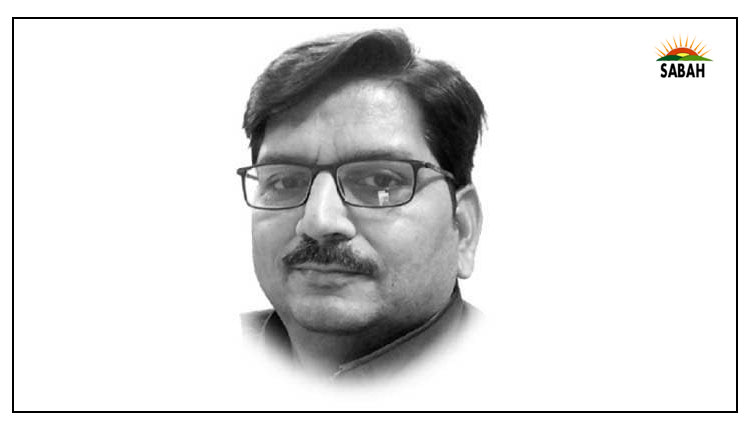Life expectancy and formal education quantified ۔۔۔۔ M Nadeem Nadir
An analysis by The Centre for Global Health Inequities Institute for Health Metrics and Evaluation published in The Lancet Public Health journal reveals quantified relationship between formal education and life expectancy. Based on the data both from industrialised countries such as the UK and the US as well as developing countries such as China and Brazil, the study says that an adult’s risk of mortality is curtailed by 2% for every year in formal education. The risk of death for people attaining primary, secondary and tertiary education is attenuated by 34% compared with those having no formal education, avers the study sponsored by the Research Council of Norway and the Bill & Melinda Gates Foundation.
The first systemetic study warns that staying away from school is as deleterious as smoking or heavy drinking. Quantifying the relationship between health and education, the study posits that not attending school at any stage of life is as injurious to adult health as consuming five or more alcoholic drinks every day or smoking ten cigarettes each day for a decade.
The important thing contrary to other social determinants of health is that the quantified analysis finds the improvement in longevity stimulated by school-stay is similar in rich and poor countries, and regardless of gender, social class and demography. However, disaggregation by age group indicates that “the protective effect of education is significant across the entire age span, but greatest at younger ages”.
The focus on social determinants of population health has been stipulated in the UN Sustainable Development Goals (SDGs) which aim to ensure that children complete primary and secondary education, and adults have equal access to tertiary education. Social, psychosocial, economic and cognitive benefits awarded by education make life and its liver existentially healthy as higher education facilitates access to quality healthcare and increased health knowledge. Education must never be treated as an end, rather it is a means to an end.
Pakistan harbouring the highest number of out-of-school children in the world may face precipitous fall in the average life expectancy. For a country where education has never topped the priority list and where the provision of health facilities across all social strata is far from being satisfactory, the steady upsurge in dropout rate of school children portends poor life quality and threatened life span.
The study gives a clarion call to our policymakers that emergency be imposed to retain children at schools and incentivise out-of-school children back to schools. Poverty spurring the steep rise in child labour and uncatered educated segment of population destimulating the traction to education have forced people to put education at the end of their priority list.
Student-unfriendly milieu and corporal punishment at educational institutions act as centrifugal forces for learners. These two factors are more systemic than extrinsic. The bipartite division of students into pass and fail, and then judging the success of teachers on this yardstick have made the deployment of corporal punishment justified.
The apathy of the state towards education is reflected in its allocating below the UN-recommended percentage of national budget. It starves the public educational institutions of the infrastructure, which consequently creates space for the private sector to capitalise on the falling standard of public institutions.
The private sector enjoying the cart blanche coerces the masses to pay hefty fees, hence enhancing the cost of education which ultimately goes out of the reach of common people who finding themselves straitjacketed finally lay off their children from education.
“In order to reduce inequalities in mortality, it’s important to invest in areas that promote people’s opportunities to get an education. This can have a positive effect on population health in all countries.” says Claire Henson, co-author of the study.
Courtesy The Express Tribune, February 19th, 2024.












